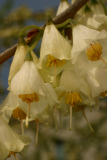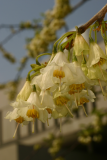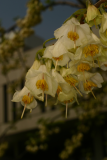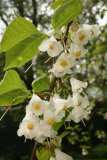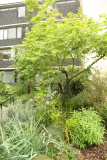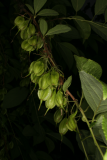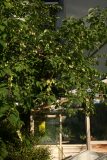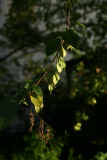Additional notes (click to expand)
Commemorative
The snowbell tree, with its white bells and orange stamens in April, is named for Dr Stephen Hales
DD FRS (1677–1761), a doctor of divinity. He came to Corpus Christi College, Cambridge, in 1696, graduated MA in theology in 1703 and became a fellow (1703–19), staying at Corpus Christi for 13 years. He studied physics and chemistry, the rudiments of biology and did experiments on dogs (and much later on horses) ‘in order to find out the real force of blood in the arteries’. He was ordained and nominated perpetual curate of Teddington, Middlesex, in 1709, became rector of Porlock, Somerset, in 1718 and then of Faringdon, Hampshire, in 1723, and was made a doctor of divinity by Oxford in 1733. He was fascinated by how things worked – both animals and plants – and believed passionately in measurement and experiment. He continued with his experiments and was elected FRS in March 1718. The mechanism of the movement of sap in plants was still unknown
until Hales published the results of his experiments in Vegetable Staticks in 1727. He was the first person to measure blood pressure (in a horse, published in Haemostaticks in 1733). Invented the surgical forceps, a ventilator for closed places, a guage for measuring the depth of the sea, and the inverted tea cup to stop pie pastry sagging in the middle.
Oakeley, Dr. Henry. (2012). Doctors in the Medicinal Garden. Plants named after physicians. Royal College of Physicians.
link
This replaces the original tree which was planted in the College garden by the late Dr Arthur Hollman in 1976. It was part of a group of plants (planted in Bed K) which have no medicinal use but are in the garden because they were named after a doctor or notable figure in the history of medicine. The original specimen died during 2014 and was removed on June 9th 2015. Honey fungus was thought to be the cause but no evidence was found for this during its removal.
Horticulture
Halesia carolina is a small tree in the family Styracaceae. In the wild it can be found on wooded banks of streams and in the understory of woodlands in south-eastern USA. In the Medicinal Garden, it grows happily in moist, welldrained soil in a sunny, sheltered border. Hanging bell-shaped white fl owers furnish the bare branches in spring before the leaves appear. It is mulched annually with wellrotted manure in early spring and overlong branches are pruned after flowering to maintain a balanced shape [Clare Beacham].
Oakeley, Dr. Henry. (2012). Doctors in the Medicinal Garden. Plants named after physicians. Royal College of Physicians.
link
Medicinal
None
Nomenclature
Snowbell tree
Podcast
Halesia carolina
Family: STYRACACEAEGenus: Halesia
Species: carolina
Common names: Snowdrop Tree; Opossum Wood
Distribution summary: S.E.U.S.A
Habit: Tree
Hardiness: H5 - Hardy; cold winter
Habitat: Moist woodland and riverbanks
Garden status: Currently grown
Garden location: North America (A), Plants in pots (POT)
Flowering months: April
Reason for growing: Commemorative
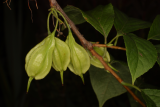
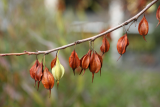
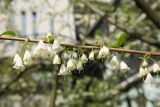
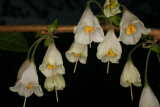
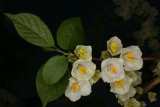
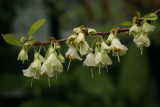

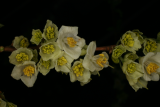
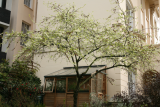

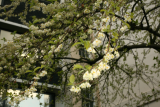
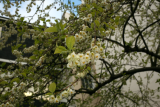
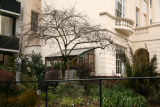

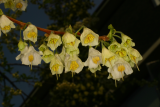
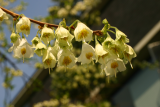
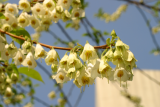
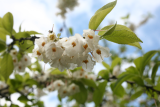

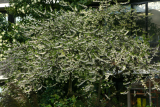

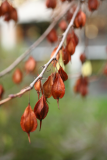
.JPG)

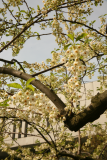
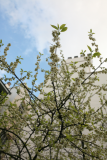
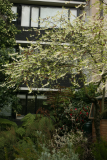
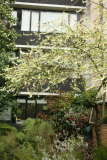
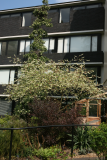

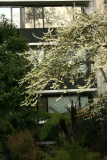
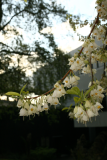
.JPG)
